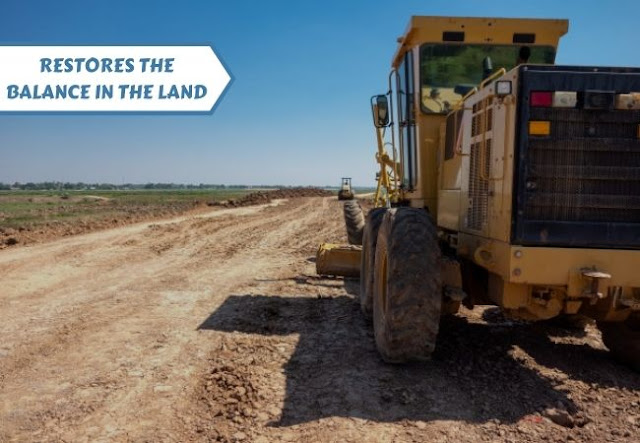Things to Know About Well Site Decommission and Demolition Service
Civil construction companies often provide decommission and demolition services in the oil and gas industry. It is a detailed, complicated and expensive process. Well site decommissioning involves removing all equipment, tubing and casing. To plug the well, sections of the wellbore are filled with concrete to isolate the flow of reservoir fluids. The surface casing is cut and a cap is welded in place below the ground. Government agencies regulate onshore well decommissioning.
Oil companies are usually required to post a bond before a well is drilled. It ensures funds are available to eventually abandon the well. States also set aside funds that can be used to plug and abandon wells. Demolition of oil wells can cost tens of thousands of dollars. Decommissioning is the process used to take a well out of service once its operation costs exceed the revenue it generates. It involves dismantling the production and transportation facilities, plugging and abandoning the well, and restoring the area to its original state.
Plugging and abandoning oil wells is necessary for containing remaining hydrocarbons, and to protect groundwater. Oil well demolitions can take months to complete, especially if it is located off-shore. It involves dismantling entire rigs with lifts powered by gas or electricity. Much of the scrap metal is recycled. The entry of the well is prepared for decommissioning. Downhole equipment is removed and the wellbore is cleaned out. Holes are plugged, as well as annular space, fluid between plugs, casing stubs, and at the surface.
Well integrity is an important factor in well site decommission and demolition. Expert teams of engineers determine the risks involved and streamline the design of the job. Safeguarding personnel and the environment requires safe access and maintaining well control throughout the abandonment process. High standards are necessary during wellbore preparation, casing evaluation, and advanced cleanup.
Long-term mechanical flow prevention is needed to protect downhole and surface environments. It is achieved through the use of effective sealing material, packers and plugs accurately placed in the wellbore. Cementing is used to achieve zonal isolation and prevent potential fluid migration. Cementing is critical to well integrity and wellbore isolation, sealing a well with a permanent, leak-free barrier.
The last step in decommissioning and demolition is the verification process. It is used to accurately tag the placement of each barrier in the wellbore, and running pressure tests at the surface in order to demonstrate compliance.




Comments
Post a Comment